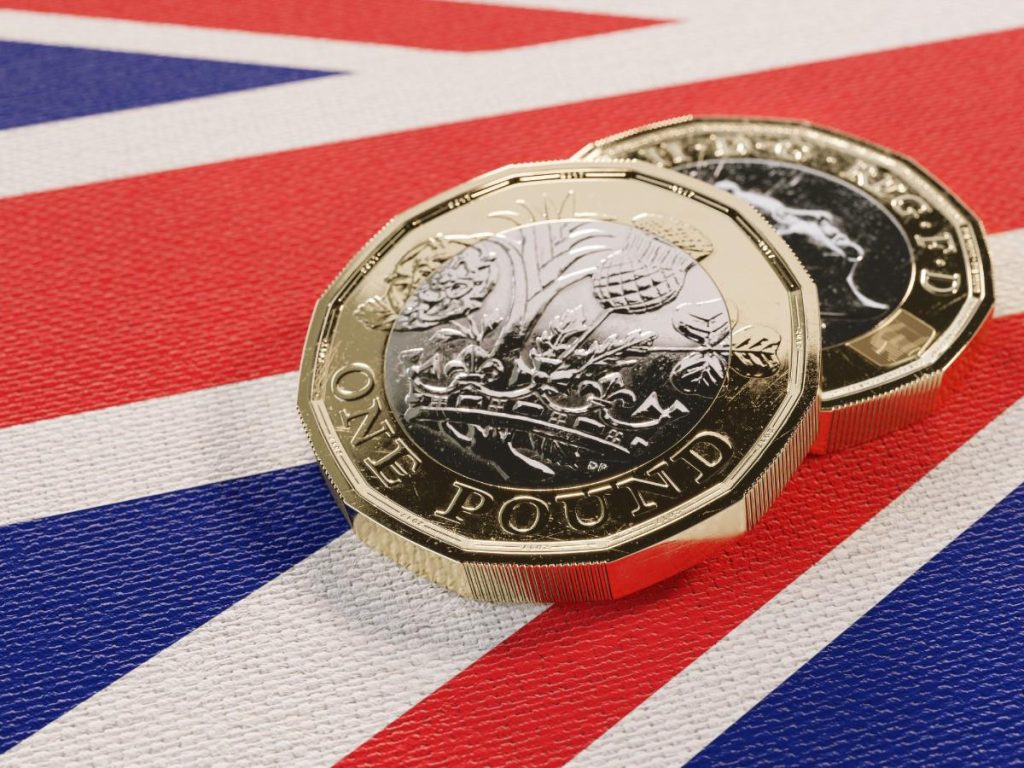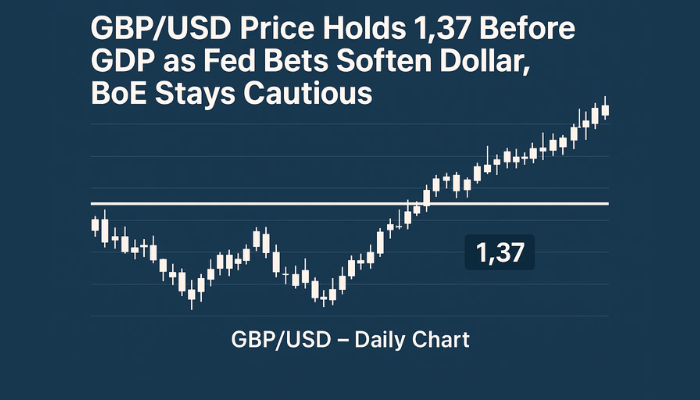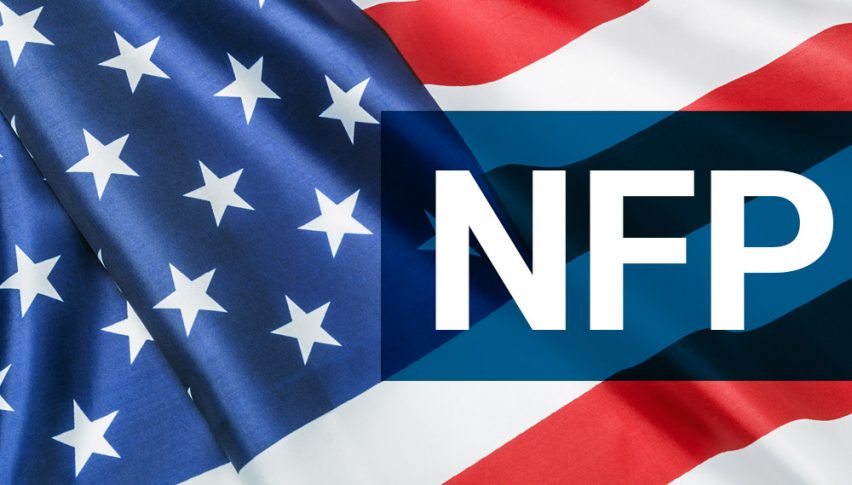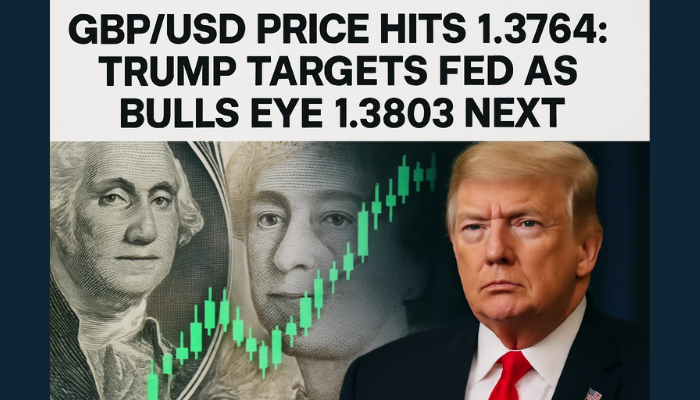Was This A Fake Bullish Breakout for GBPUSD?
GBPUSD broke above the 100 weekly SMA earlier in July but last week formed an upside-down hammer candlestick, pointing to a bearish reversal

GBPUSD broke above the 100 weekly SMA earlier in July, but last week formed an upside-down hammer candlestick, which points to a bearish reversal. so, the bullish breakout might turn into a fake-out if the price falls below the 100 weekly SMA, although this might as well be a retrace before the next push higher, if the 100 weekly SMA holds.

US Dollar’s Mid-July Reversal
In the first half of July, the US dollar weakened due to various US economic data releases and declining consumer inflation. However, the dollar rebounded last week as risk sentiment shifted negatively. A robust US Retail Sales report suggested that concerns about deteriorating consumer health might have been overstated. In contrast, UK retail sales for June dropped by -1.2% month-on-month, and Core Retail sales excluding autos and fuel decreased by -1.5% month-on-month. These factors have weighed on the USD and helped in the bearish reversal for GBP/USD.
GBP/USD Price Action
The British Pound was making some strong gains against the US dollar in the first half of July, primarily due to a risk-on sentiment, fueled by weakening US data that supported the likelihood of at least two rate cuts from the Federal Reserve without indicating recessionary warnings. However, by the middle of last week saw a shift in this pair, with risk sentiment turning negative in financial markets. This led to a stronger USD and a weaker GBP, with the GBP/USD pair closing the week 130 pips down from its highs.
Market Sentiment and Outlook
The change in market sentiment underscores the volatility and sensitivity of currency markets to economic data and broader financial market trends. As the US dollar strengthened last week, it highlighted the ongoing tug-of-war between risk-on and risk-off moods among investors. Moving forward, market participants will closely watch upcoming economic data and central bank signals to gauge the future direction of the USD and GBP/USD pair.
GBP/USD Chart Weekly – The 20 SMA Has Been Broken
GBP/USD experienced a robust breakout at the start of the month, breaking past the critical 1.30 level. However, the pair then reversed its course, sinking below this threshold and ending the week slightly above 1.29. During the first half of May, buyers had control, pushing the pair up to 1.3044. This rise stalled following a bullish US retail sales report for June, which indicated that US consumer spending remains resilient despite rising interest rates and borrowing costs. So, this pair returned below 1.30 and touched 1.29 last week. Nevertheless, this could be a short-term correction after the strong upward movement of GBP/USD in early July.
BOE and FED Monetary Policy Outlook
In terms of monetary policy, market expectations are leaning heavily towards two 25 basis points rate cuts by the Federal Reserve this year. Conversely, the UK CPI readings for July remained sticky, showing no change from the previous month, dampening hopes for a rate cut by the Bank of England in August which is still clinging to the data to keep borrowing costs elevated. This divergence in central bank policies and economic data has contributed to the recent fluctuations in the GBP/USD pair.
GBP/USD Live Chart
- Check out our free forex signals
- Follow the top economic events on FX Leaders economic calendar
- Trade better, discover more Forex Trading Strategies
- Open a FREE Trading Account



